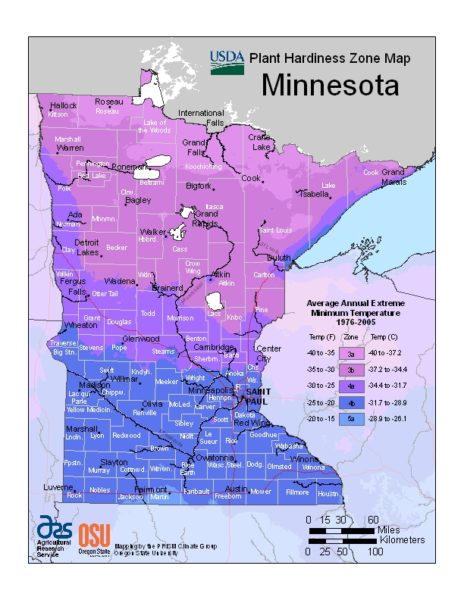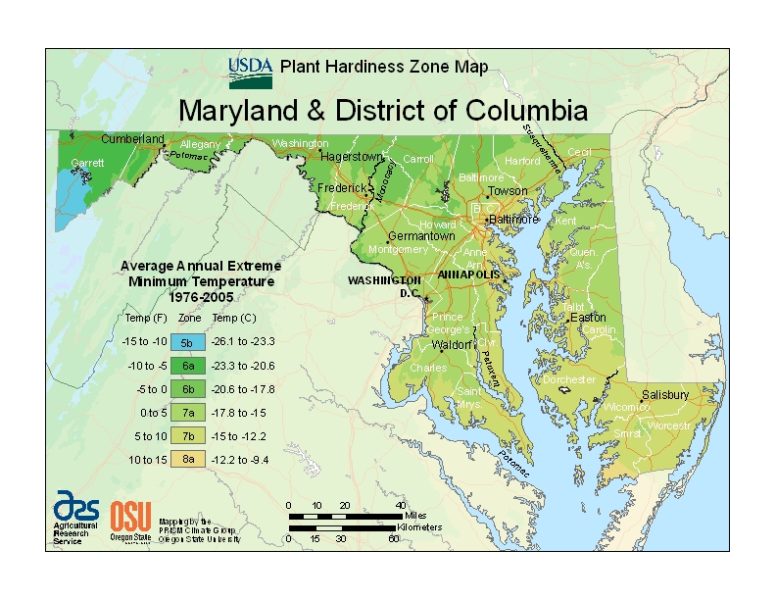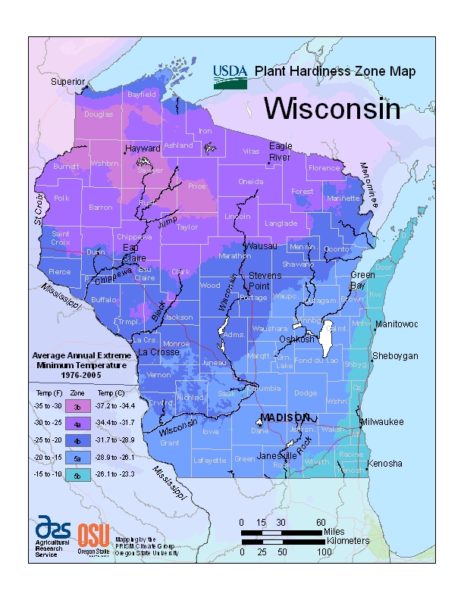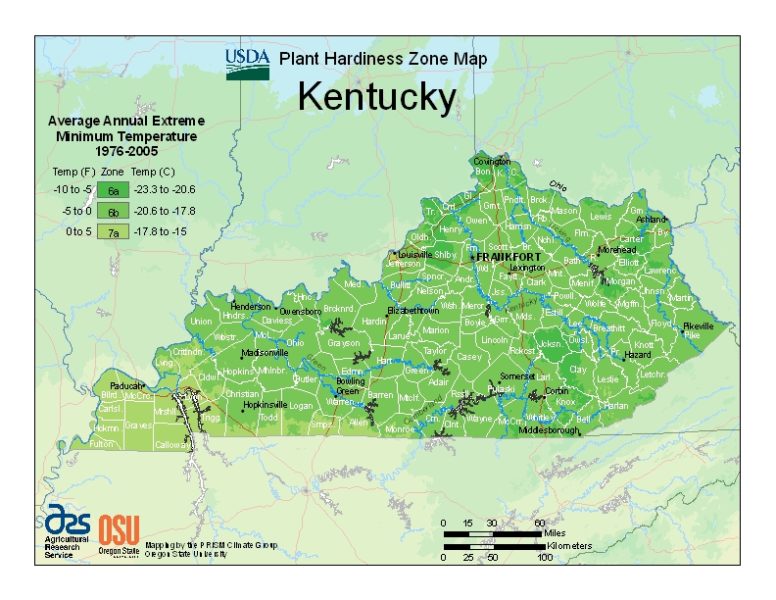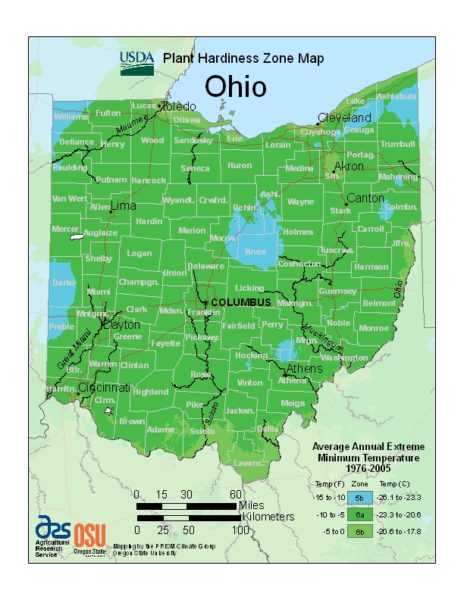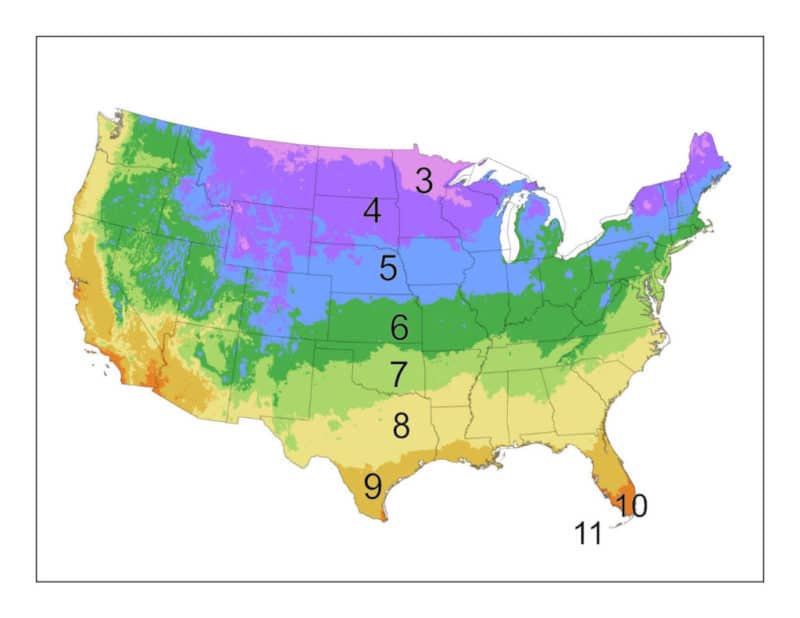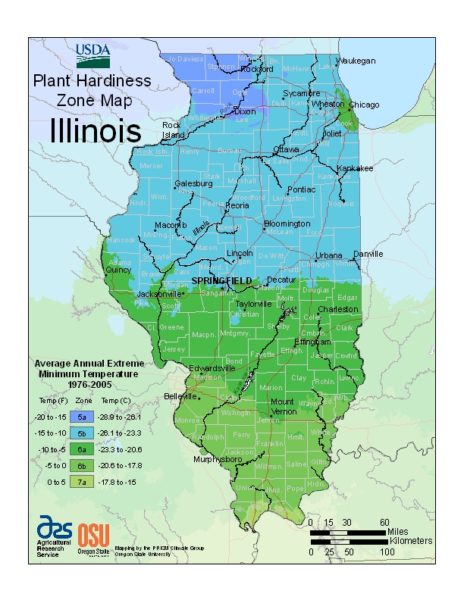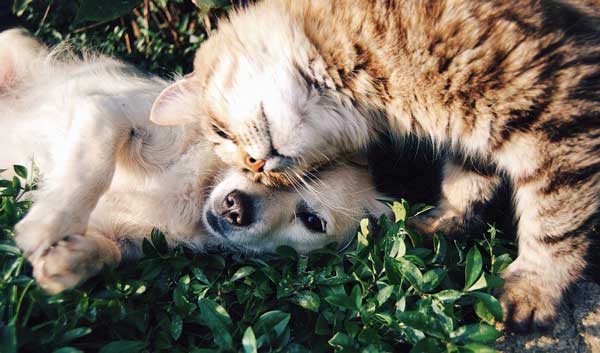
Dogs and cats are part of your family. And just like any other loved one in our home, you want to make sure they stay as safe as possible.
Sometimes your cat or dog will sniff out & taste a plant just out of curiosity or boredom. Other times they may have an upset stomach and are driven to eat almost anything that appears green & fibrous.
Although there are popular houseplants safe for your pets, there are some very common houseplants that are poisonous to dogs and cats.
Here’s a list of the most popular houseplants toxic to dogs or cats, and why. If you have one of these in your home, we recommend you donate the plant to family, a friend or neighbor who don’t have pets.
 Philodendron
Philodendron
There’s over 20 popular varieties of Philodendron sold as houseplants. The Split Leaf Philodendron is one of the best-selling of all houseplants. Philodendron are popular because they are easy to grow BUT they are toxic to both cats and dogs. They contain insoluble calcium oxalates. These are crystals that are released when chewing or biting into any philodendron. This can result in oral irritation including swelling of the mouth and tongue, excessive drooling, trouble swallowing, digestive issues and even seizures.
 Aloe Vera Plants
Aloe Vera Plants
Although popular as a topical treatment for humans, the Aloe Vera plant is considered moderately toxic to cats and dogs. When ingested, it will increase the mucus production in the bowels for cats & dogs. Symptoms include vomiting and diarrhea. If you suspect your pet has ingested any part of an aloe vera plant, take them to a vet right away.
 Pothos also known as Devil’s Ivy
Pothos also known as Devil’s Ivy
Pothos are super easy to grow and very hard to kill. This makes them very popular as houseplants. Like Philodendron, they also contain insoluble calcium oxalates. Just a bite out of curiosity can be toxic to dogs and cats. Symptoms are the same as Philodendron. Again, to be safe, contact your vet if you suspect your pet as ingested any part of the plant.
A good alternative to consider would be a Spider Plant
 Peace Lily Plant – Spathyphyllium
Peace Lily Plant – Spathyphyllium
Peace Lily plants are toxic to both cats and dogs. Just biting into the plant can cause problems. Biting into or ingesting any part of a Peace Lily plant releases crystals that can cause intense burning and irritation of the mouth, vomiting, excessive drooling and difficulty breathing.
 ZZ Plant - Zamioculcas Zamifoli
ZZ Plant - Zamioculcas Zamifoli
This is a very popular houseplant because it can grow in conditions with almost no light. It is also considered poisonous to dogs, cats and even humans! Digestive issues such as vomiting and diarrhea can become severe if untreated.
An alternative to the ZZ plant to consider would be the Cast iron Plant. It can also tolerate low light conditions and is similar in size and color.
 Snake Plants – Sanseveria - Mother-in-Law’s Tongue – Golden Bird’s Nest
Snake Plants – Sanseveria - Mother-in-Law’s Tongue – Golden Bird’s Nest
Snake houseplants have seen their popularity soar the past few years riding the wave of interest in succulents. They are easy to grow, can thrive in low light and can be neglected for weeks.
Snake plants are also considered to be mildly toxic to dogs and cats. They contain a natural chemical called saponins that help protect it from insects and fungi. Nausea, vomiting and diarrhea are the common symptoms.
If you’re not sure if your houseplants are safe for your cats or dogs, The ASPCA keeps a list of poisonous plants.
Click here to view ASPCA toxic plant list for dogs
Click here for the ASPCA Toxic plant list for cats
You can compare the lowest prices on pet safe houseplants, some including free delivery, here. It lists over 30 of the most popular houseplants that are considered safe for your dogs and cats.
- Spring Best Selling Plants From FastGrowingTrees.com - March 6, 2022
- Unboxing Perfect Plants Nursery - March 9, 2022
- Unboxing From PlantingTree Nursery - February 6, 2022

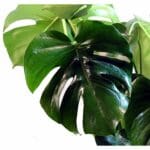 Philodendron
Philodendron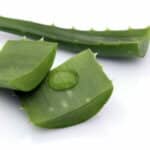 Aloe Vera Plants
Aloe Vera Plants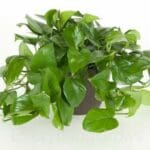 Pothos also known as Devil’s Ivy
Pothos also known as Devil’s Ivy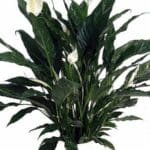 Peace Lily Plant – Spathyphyllium
Peace Lily Plant – Spathyphyllium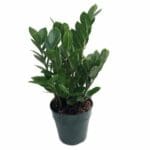 ZZ Plant - Zamioculcas Zamifoli
ZZ Plant - Zamioculcas Zamifoli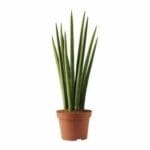 Snake Plants – Sanseveria - Mother-in-Law’s Tongue – Golden Bird’s Nest
Snake Plants – Sanseveria - Mother-in-Law’s Tongue – Golden Bird’s Nest









